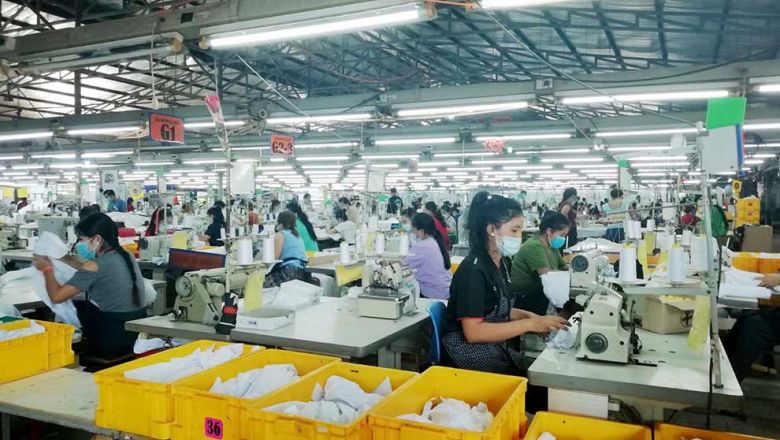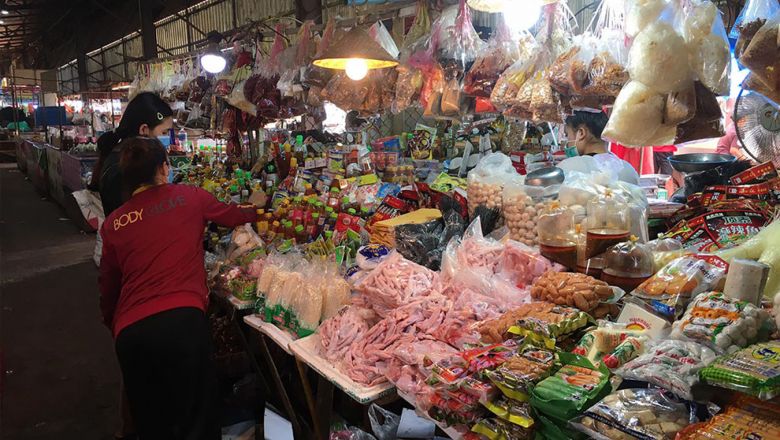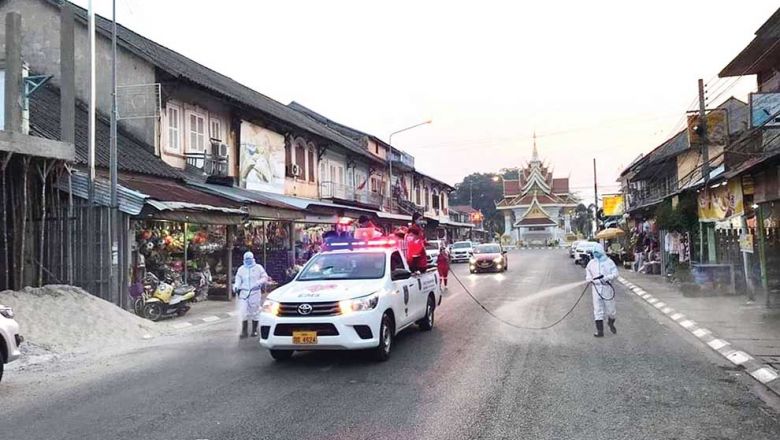Inflation rate for November the highest in two years
Inflation rate for November the highest in two years
The inflation rate in Laos was recorded at 2.09 percent in November last year, the highest in two years.
According to the Bank of the Lao PDR, the inflation rate has been trending upwards since September, triggered mainly by food and transport costs.
The Consumer Price Index in September last year stood at 102.3 with the inflation rate at 1.84 percent before rising to 1.86 percent in October and 2.09 percent in November.
Since early 2014, the inflation rate was recorded at less than 2 percent which was far lower than the economic growth rate at 6.9 percent.
The government's established policy is to ensure that the inflation rate is less than the economic growth rate.
To achieve this, it attempts to stabilise the exchange rate to create confidence in the business sector, at the same time evening out product prices and boosting the economy.
In addition, commercial banks have lowered their interest rates for loans and kip accounts in line with a recent decision made by the Bank of the Lao PDR.
The move aimed to channel mo re money into production and the business sector, thereby generating job opportunities and stimulating economic growth.
As of June 2016, the amount of money in circulation increased by 11.3 percent compared to the same period of the previous year, which is seen as a contributor to inflation.
However, a senior economist at the National Economic Research Institute, Dr Leeber Leebouapao, said the larger amount of money in circulation was not the main driver of inflation; in fact it was food.
In Laos, the prices of fuel-related products have not increased much in the past months but the prices of food and services have risen quite a lot, which is considered the main factor driving inflation, he said.
Last year, the government issued another notice aimed at regulating the price of food in markets, particularly in Vientiane.
For instance, pork may not be sold for more than 35,000 kip per kg at the four main markets in the capital including Phontong and Khuadin.
Typically, falling international commodity prices have contributed to lower inflation in the region.
According to an Asian Development Bank (ADB) report, regional inflation was forecast to ease from 3.1 percent in 2014 to 2.6 percent in 2015 before bouncing back to 3.0 percent in 2016.
In China, the country's Consumer Price Index, the main gauge of inflation, grew 1.3 percent year on year in August last year, down from July's 1.8 percent.
In the meantime, China's producer price index, which measures costs for goods at the factory gate, dropped 0.8 percent year on year in August.

















